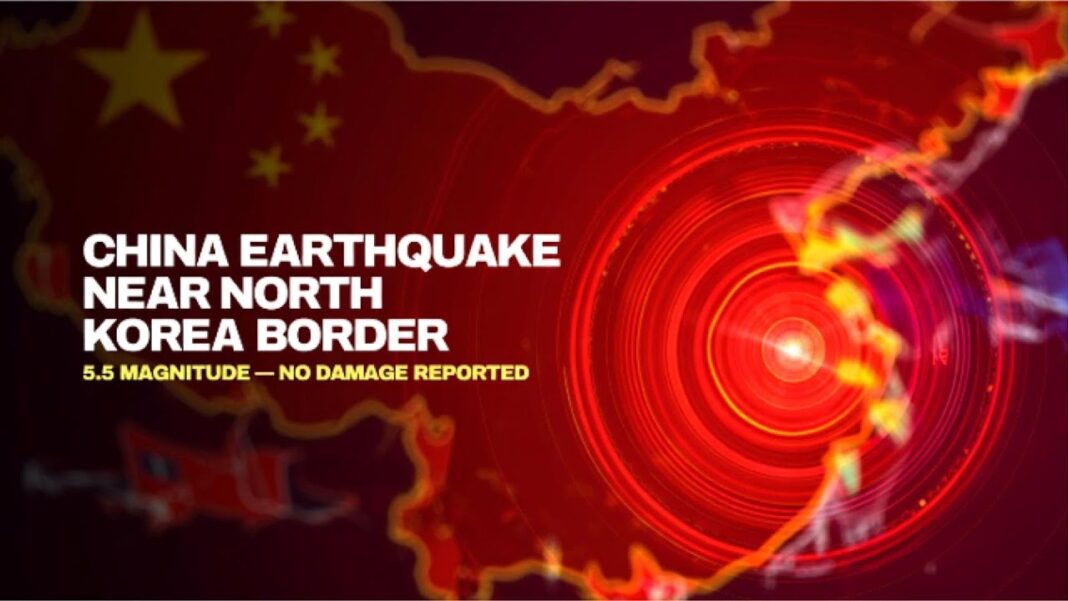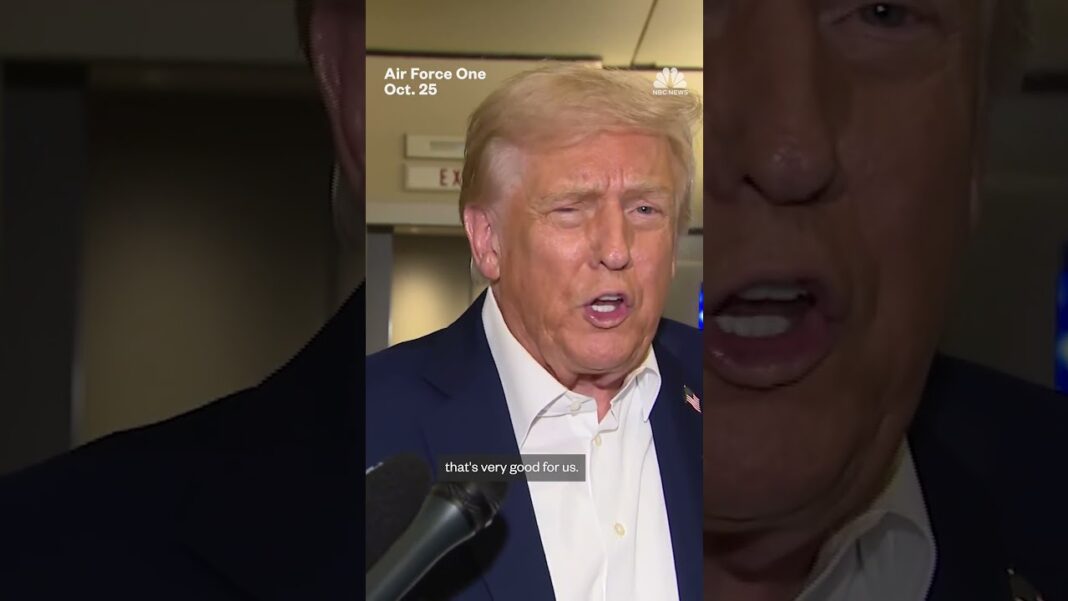In a bold move to resolve the protracted conflict in the Gaza Strip, U.S. President Donald Trump unveiled a comprehensive proposal earlier this month aimed at halting the violence and paving the way for stability. Among its 20 stringent stipulations, the plan demands that Hamas, the Islamist militant organization controlling Gaza, completely relinquish its arsenal, dismantle its military infrastructure, and step aside from any future governance roles. In exchange, Israel freed numerous Palestinian detainees, and international aid is flowing into Gaza. Yet, almost immediately, Hamas leaders voiced vehement opposition, particularly to the disarmament clause, exposing once again their unyielding commitment to armed struggle over any form of compromise.
A senior figure in Hamas’s political leadership, Abdul Jabbar Saeed, laid bare the group’s position in stark terms. Speaking to reporters, he declared that the organization’s fighters would only hand over their firepower if it meant handing it straight to a fully sovereign Palestinian military. “Should we secure a truly independent state safeguarding our people’s aspirations, those arms would pass to the national forces,” Saeed asserted, framing the weapons not as tools of terror but as rightful inheritance for a future army. This rhetoric echoes the group’s foundational ideology, which views armed resistance as sacrosanct, far outweighing civilian welfare or diplomatic breakthroughs.
Hamas’s reluctance is no mere negotiating ploy; it runs counter to the needs of ordinary Palestinans. Gazan residents, battered by over two years of warfare and displacement, are begging their rulers to embrace the deal. One anonymous Gazan, quoted in recent dispatches, captured the collective anguish: “We can’t endure another day under this shadow; let them take the guns and let us breathe.” Despite such grassroots pressure, Hamas has dug in, signaling to allies in Tehran and Doha that yielding on armament would erode their leverage and identity as the vanguard of “resistance.”
This standoff isn’t isolated. Recall Hamas’s 1988 charter, which glorifies jihad against Israel and rejects any recognition of the Jewish state. Even the group’s 2017 “revision,” touted as a softening, still clings to the dream of an Islamic dominion “from the river to the sea.” Fast-forward to today: As Israeli operations dismantle tunnels and stockpiles in Gaza, Hamas clings to its remaining heavy arms, vowing to retain enough to “defend” against perceived threats. Reports suggest they might concede heavier rockets, those capable of striking deep into Israel, but only as a tactical retreat, not a strategic surrender. Such half-measures preserve their capacity to regroup, rearm via smuggling routes from Sinai or Lebanon, and perpetuate cycles of provocation.
Trump’s timeline adds urgency: He has given Hamas 48 hours to comply, warning that rejection would invite escalated consequences. Yet, Palestinian sources close to the talks reveal Hamas is rallying other factions, like Islamic Jihad, to demand revisions—watering down disarmament to mere “oversight” by Arab monitors, or tying it to an immediate Israeli withdrawal. This mirrors past failures, from the Oslo Accords to the 2005 disengagement, where concessions only emboldened attacks, culminating in the barbaric October 7, 2023, assault that claimed 1,200 lives and sparked the current inferno.
The implications are dire. By stonewalling disarmament, Hamas isn’t just sabotaging a potential lifeline for over two million Gazans; it’s affirming its role as an Iranian proxy, more invested in regional hegemony than local reconstruction. Tehran, facing its own isolation, cheers this intransigence, funneling funds and expertise to keep the flames alive. Meanwhile, deceased hostages remain in Gaza, 13 as of this writing.
True peace demands more than ceasefires; it requires uprooting the ideology that sanctifies weaponry over welfare. Until Hamas confronts this reality, or is compelled to, proposals like Trump’s, however imperfect, stand as the only viable path forward.







